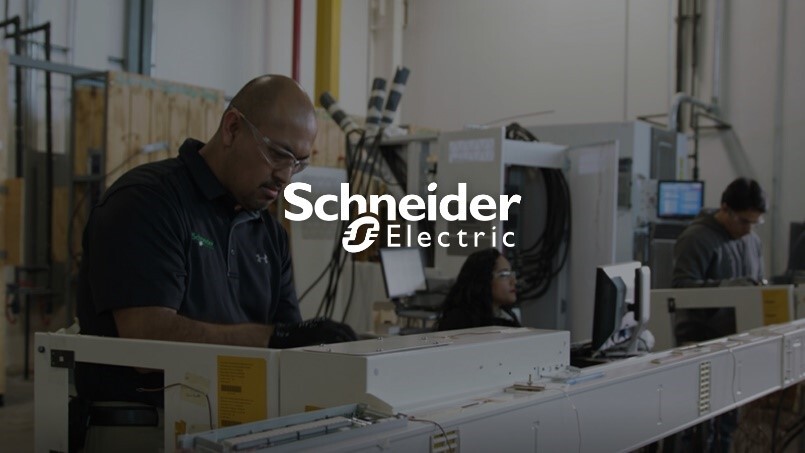The way we generate, distribute, consume and store energy is changing. Fast forward 20 years to 2040. By then, 40 percent of the energy we use will come from renewables, and many buildings will be self-sufficient. This will change design as we know it.
Autodesk and Schneider Electric recognized these challenges – and opportunities – when we first started on a journey to tackle these issues. We began by reimagining the building design process, adapting to support the future energy landscape. Today, moving beyond reimagining, we are exploring how we can benefit the industries and the clients we serve, as well as the planet.
At AU Virtual, Marc Nezet, Schneider Electric senior vice president, joined me in a discussion about breaking down silos and connecting workflows to the Building Information Modeling (BIM) process.
Adapting to a new energy landscape
New standards demand fresh digital design solutions, and we are collaborating on a new electrical engineering design solution from Schneider Electric that will leverage Autodesk’s cloud infrastructure. The end game? More sustainable and energy efficient buildings that help positively address climate change.

Autodesk and Schneider Electric are reimagining the building design process, adapting to the new energy landscape.
BIM empowers electrical engineers for future of work
Today, many mechanical engineers have already migrated to BIM. However, due to regional standards, industry fragmentation and disconnected processes, the electrical engineer has struggled to make the same transition. This partnership is intended to help accelerate migration, and surpass today’s disconnected analog-based workflows so electrical engineers can design and collaborate more effectively.
Schneider is working to develop a new cloud-based service for electrical designers, leveraging Autodesk Forge, Autodesk’s cloud-based developer platform. This will provide the user with a cohesive and connected offering, from concept, through schematic design, and into detailed design, better supporting emerging industry demands.
The new solution is aimed to fill critical gaps in BIM-based workflows for our collective customers and make Revit a much more intelligent tool for unified connected workflows. Engineers will be able to address key design capabilities, including load distribution mapping, power balancing, equipment sizing, and single line diagramming.
New workflows make mark on climate change
Schneider Electric’s tools complement Revit, bolstering electrical design workflows. Using machine learning and generative design, the new solution will be able to propose an optimal infrastructure network from existing building plans, drawing from consumption inputs and performance, such as energy efficiency and carbon reduction objectives.
“Rather than spending countless hours designing a network from scratch, with the new solution, electrical engineers will incorporate ‘lessons learned’ from previous work to create more impressive new projects,” said Marc Nezet, senior vice president of Energy Management Software, Schneider Electric. “Productivity and creativity will skyrocket when we gain access to energy efficiency data that allows architects and engineers to further innovate on new buildings and effectively build upon proposed infrastructure.”
The sweet spot is where the solution connects the entire design process from start to finish, optimizing energy efficiency from design into construction, and ultimately building operations.
This means a more positive impact on climate change and carbon efficiency, and years from now when we reflect on the infamous year 2020, we’ll proudly say we worked to do our part.